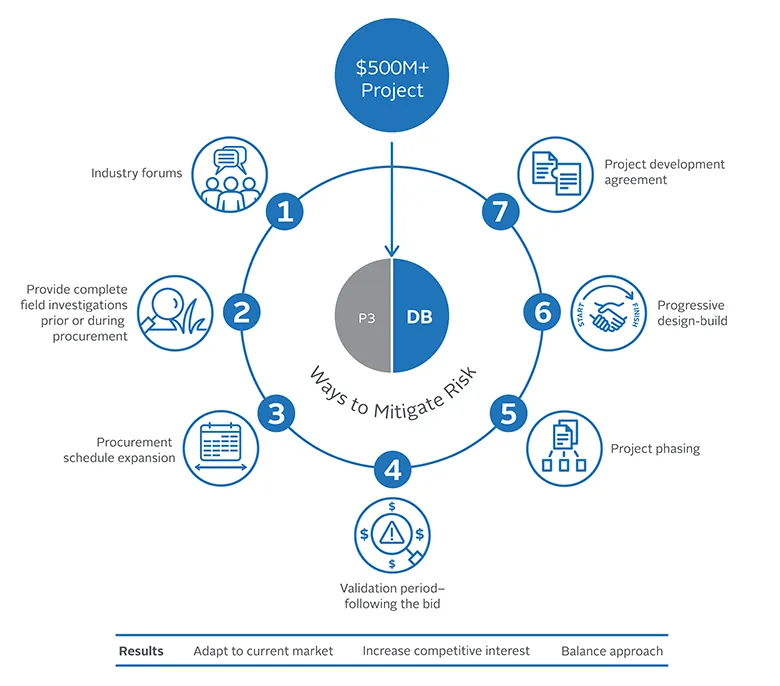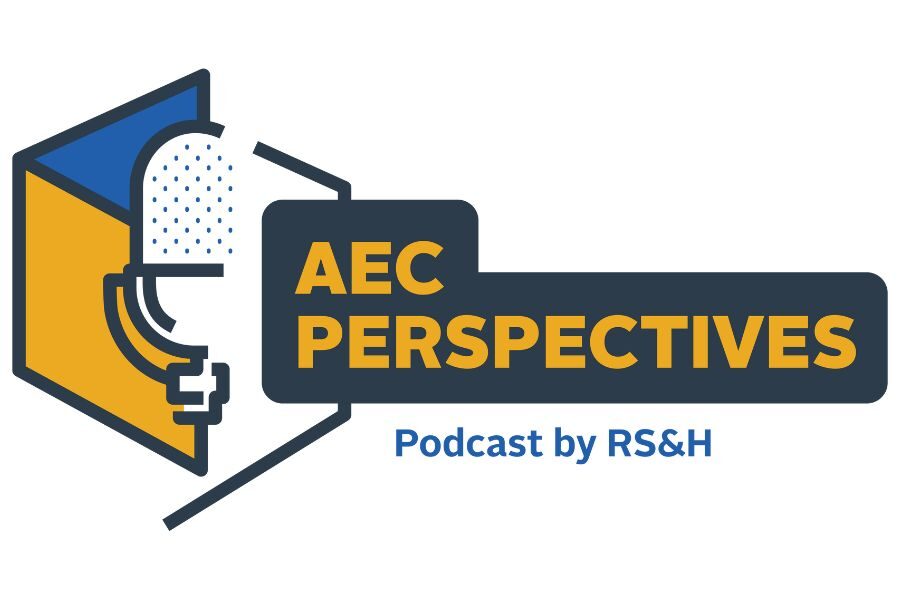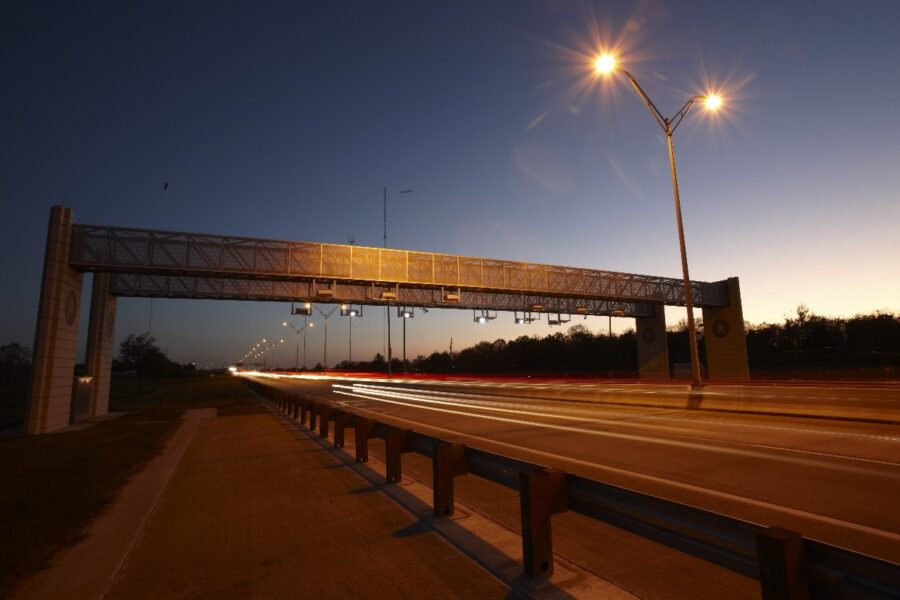Effective Design-Build Procurement Strategies

If your capital improvement program involves a design-build (DB) or Public-Private Partnership (P3) project that exceeds $500 million in size, you are acutely aware of the challenges in attracting the right level of contractor, designer, or developer interest. The odds are that you have already held meetings with industry representatives and allowed them to express their concerns. Those meetings may have led to discussions regarding excessive risk transfer, bonding restrictions, and insurance issues.
While your agency may be in the process of deciding on a course of action, you are not alone in this dilemma. The transportation industry has seen a major reduction in interest for large DB and P3 projects. But, more than one solution may exist to successfully procure your project and other agencies are in the process of developing new improved strategies.
Design Build Projects & Risk
In general, the desire for an agency to perform a major corridor improvement as one single DB project has many advantages.
The truth is that many of these major transportation projects include construction schedules that span three plus years. This significantly increases the risk to the design-build team. In general, the size of a construction contract can dictate the risk to the DB team and if schedule adherence is factored into the procurement as a contract disincentive, this risk increases.
Seven Ways to Address & Mitigate Risks
1. Industry Forums
Hold an open and transparent industry forum to obtain input from the potential bidders.
2. Provide Complete Field Investigations Prior or During Procurement
Risk should always be allocated to the party that can handle it more efficiently. Field surveys, utility locates, geotechnical investigations, and even right-of-way acquisition are much more efficiently handled by the owner.
3. Expanded Procurement Schedule
Best Value DB represents the majority of public sector DB. It fosters creativity and innovation, while uniquely allowing the team to create value for the owner through applying DB techniques. But it also requires a team to prepare a fixed price proposal with only preliminary plans.
4. Validation Period – Following the Bid
If extending the proposal schedule is not an option, another method of reducing risk for both the DB teams and owner is to include a validation period after the project is awarded. This can be beneficial by allowing the design to advance while more information is collected by the team to validate the subsurface information and structural design of the major features.
5. Project Phasing
Another way to reduce risk to the bidders is to break the project down into several separate contracts. This is referred to as phasing the project.
6. Progressive Design-Build
The use of progressive design-build (PDB) has expanded considerably. In some disciplines, such as water and wastewater, it is becoming the procurement method of choice.
7. Project Development Agreement
The project development agreement (PDA) method of procurement can be adapted to procure major DB projects and to realize the benefits of PDB while including a price component.
Learn more about these seven strategies in the full white paper >
What Strategies Are Right for Your Agency?
When evaluating the use of these tools it is imperative to have a team of consultants who has the experience and technical leadership that can serve as an Owner’s Representative and assist your agency in determining the best options available.
Download the full white paper to learn more about design-build procurement strategies and how to choose the right one for your agency.




